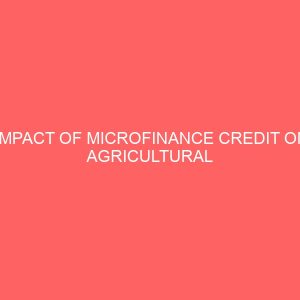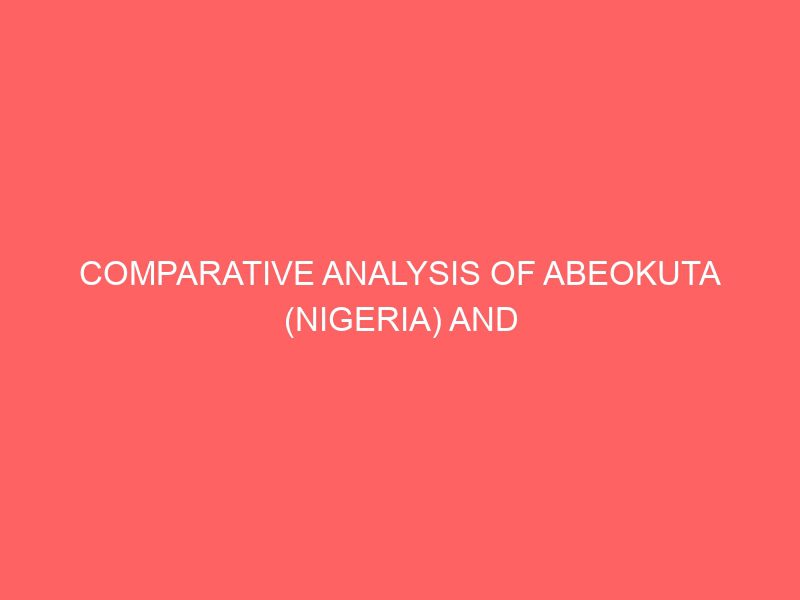Description
CHAPTER ONE INTRODUCTION 1.1 Overview This chapter covers the background to the study, statement of the problem, purpose of the study, research question, significance of the study, limitation of the study, delimitation of the study, definition of terms and organization of the study. 1.2 Background of the Study Ghana and Nigeria by their proximity to the forest zone of West Africa are rich in dye yielding plants. Akwaboa (1994) affirms that such an environment possesses dye yielding properties which are extracted and processed to obtain different colours with varying degree of fastness. He further states that dyes can be extracted from the barks, leaves, roots, seeds, fruits, flowers of trees or the young shoots. The Schumacher Centre for Technology (2013) further states that dyes derived from crushed fruits, berries and other plants are extracted and dyed by immersion. This ancient art is mostly conceived to add value to goods and makes them desirable to consumers. Natural dyes produce colours which are aesthetically uncommon; they are soothing to the eyes and come with soft shades as compared to synthetic dyes. Local dyers in Ghana and Nigeria, especially among the Gonjas of Daboya in the North Gonja District of Ghana and the Yorubas of Abeokuta in Ogun State of Nigeria respectively perceive the trade as part of their culture. Materials produced are worn by people of prestige. Local dyeing in both towns are carried out in small scale centres. The literature reveals that the







